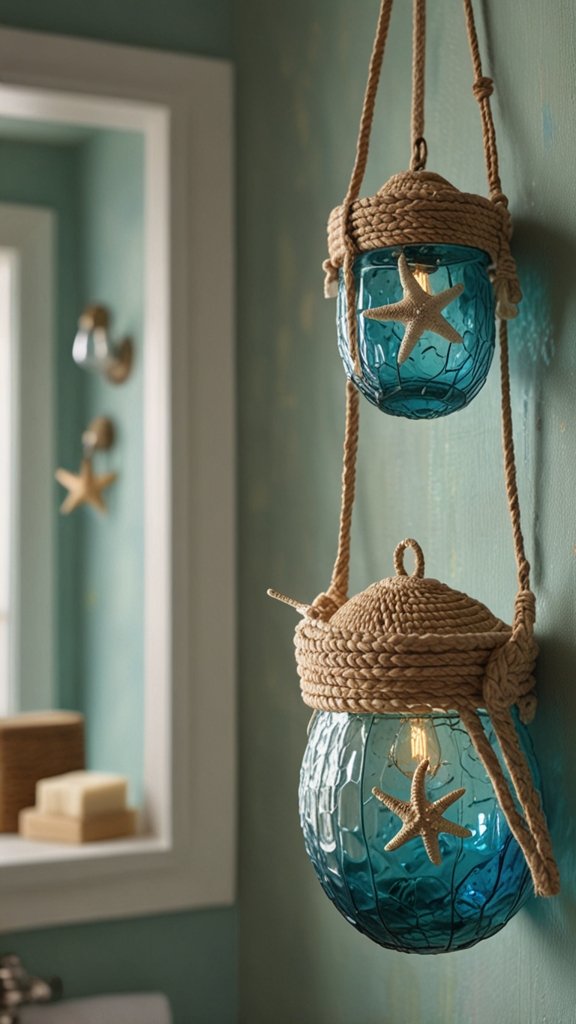
solar lights can function at 15-25% capacity even on heavily overcast days, While sunshine is optimal for solar lighting understanding how weather affects solar light performance is important in maximizing efficiency.
This article will explore how weather conditions affect solar light performance, from sunny days to extreme storms.
You’ll also learn tips on how to maintain your solar lights, Store Outdoor Solar Lights, and maximize their effectiveness throughout the year.
How Solar Lights Work
To understand how weather impacts solar lights, it’s essential to know their basic operation:
- Solar Panels: These absorb sunlight during the day and convert it into electricity.
- Rechargeable Batteries: The electricity is stored here for nighttime use.
- LED Lights: Energy-efficient LEDs are powered by stored electricity to provide illumination.
Given their dependence on sunlight, solar lights can be sensitive to changes in weather and environmental conditions.
How Weather Affects Solar Light Performance
1. Sunny Days: Optimal Performance
- Solar lights perform best under clear, sunny skies.
- Ample sunlight allows the panels to fully charge the batteries, resulting in maximum illumination during the night.
- In regions with abundant sunshine, solar lights often reach their advertised brightness and runtime.
2. Cloudy Weather: Reduced Efficiency
- Clouds reduce the amount of sunlight reaching the solar panels.
- While modern panels can still charge under diffused light, the efficiency drops significantly, leading to dimmer lights or shorter runtimes.
- Frequent cloudy days may require larger panels or more powerful batteries to compensate.
3. Rainy Conditions: Mixed Impact
- Rain can have both positive and negative effects on solar lights.
- Positive: Rain helps clean dirt and debris off solar panels, improving their efficiency when the sun returns.
- Negative: Overcast skies and prolonged rain reduce charging capacity, affecting light output.
4. Snow and Ice: Significant Challenges
- Snow accumulation on solar panels blocks sunlight, preventing charging.
- Freezing temperatures can degrade battery performance, reducing capacity and runtime.
- Regular maintenance, such as clearing snow off panels, is essential in snowy climates.
5. Extreme Heat: Battery Degradation
- High temperatures can overheat solar lights, causing long-term damage to internal components.
- Batteries are particularly susceptible to heat, which can reduce their lifespan and capacity.
- Ensure your lights are installed in well-ventilated areas to avoid overheating.
6. Windy Conditions: Physical Damage
- Strong winds can knock over poorly secured solar lights, potentially damaging panels or fixtures.
- Installing lights in sheltered locations or securing them with sturdy mounts can prevent wind-related issues.
7. Seasonal Changes: Varied Sunlight Availability
- Summer: Long days and strong sunlight allow for maximum charging and performance.
- Winter: Shorter daylight hours and weaker sunlight limit charging, leading to reduced brightness and runtime.

Tips to Maintain Solar Lights in Different Weather
Sunny and Mild Weather
- Regularly clean the solar panels to remove dust, dirt, and debris.
- Position the lights where they receive unobstructed sunlight throughout the day.
Cloudy and Rainy Weather
- Use lights with larger solar panels or higher-capacity batteries to handle reduced sunlight.
- Ensure the lights are waterproof to prevent water damage.
Snowy Conditions
- Clear snow from solar panels regularly to restore charging capability.
- Store removable lights indoors during harsh winters to protect them from freezing temperatures.
Extreme Heat
- Install lights in areas with some shade during the hottest part of the day.
- Consider using lights with heat-resistant materials and components.
Windy Locations
- Secure solar lights firmly in the ground or attach them to sturdy structures.
- Avoid placing lights in areas prone to strong gusts.
Advanced Options for Weather-Resistant Solar Lights
- Weatherproof Models: Choose solar lights with high IP (Ingress Protection) ratings, higher than IP65, for protection against water and dust.
- Adjustable Solar Panels: Models with movable panels allow you to optimize the angle for maximum sunlight exposure in changing conditions.
- Cold-Resistant Batteries: Lithium-ion batteries perform better in extreme temperatures compared to standard NiMH batteries.
FAQs About Solar Lights and Weather
Do solar lights work on cloudy days?
Yes, solar lights work on cloudy days, but their efficiency is reduced. Modern panels can capture diffuse sunlight, though the charging time may increase.
Can rain damage solar lights?
Most outdoor solar lights are designed to be waterproof, so rain generally doesn’t cause damage. However, prolonged exposure to heavy rain may lead to water ingress if the casing is not sealed properly.
How do I protect solar lights from snow?
Clear snow off the panels regularly and consider storing removable lights indoors during heavy snowfall. Installing lights in sheltered areas can also help.
Does extreme heat affect solar lights?
Yes, extreme heat can damage batteries and internal components. Use heat-resistant models or install lights in partially shaded areas to mitigate the effects.
Can solar lights last through the winter?
Solar lights can last through the winter, but their performance may be lower due to limited sunlight and colder temperatures. Proper maintenance is crucial for year-round use.
Conclusion
Weather plays a significant role in the performance and longevity of solar lights. While sunny conditions provide optimal charging, challenges arise with cloudy skies, rain, snow, and extreme temperatures.
By understanding these effects and following proper maintenance practices, you can ensure that your solar lights perform efficiently, regardless of the season.
Investing in weather-resistant models and staying proactive with upkeep will help you get the most out of your solar lights.
Whether lighting up your garden or securing your pathways, your lights can shine bright no matter the weather!



